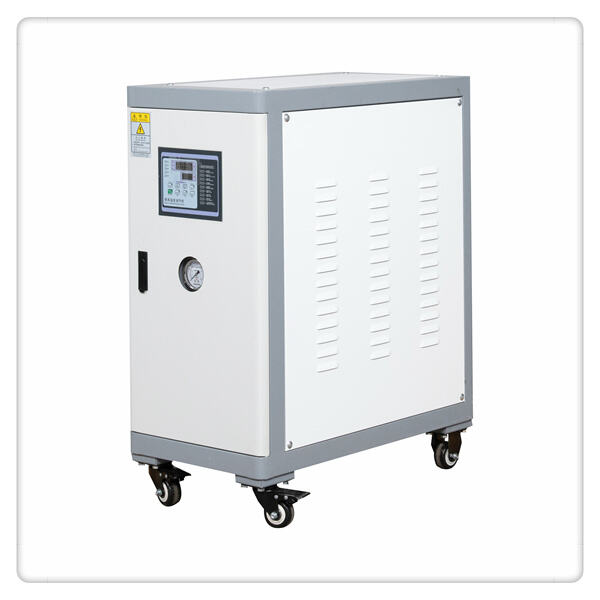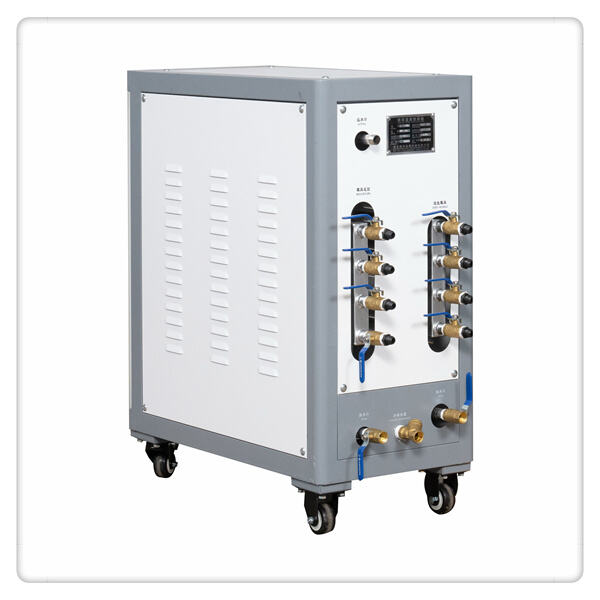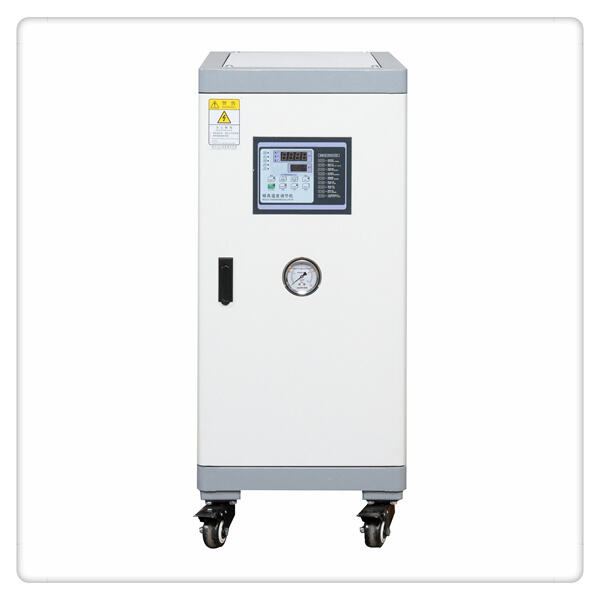When maintaining electronic equipment it is important to control the temperature of the module. A module is a piece of a bigger whole, like a puzzle piece that has to snap together just right for all of the parts to function correctly. A module’s temperature can influence how well it works, so it is important to keep it at the right temperature.
There are a handful of easy tricks to help keep your modules cool. One is to avoid direct sunlight, and to keep them clear of sources of heat like a heater or oven. Another suggestion is to leave them in a place with good ventilation to help ensure they don’t get too hot. Lastly you might also want to look into getting a cooling fan or heatsink to cool down your modules.

If a module is too hot or too cold, that may influence how well it functions. And if a module becomes too hot, it can begin to act funny or to fail entirely. Conversely, if a module is too cold, it may slow down its operation and deliver less efficient work. It helps your components run at peak performance and last longer.

One common source of trouble with module temperature control is that of a module becoming too hot due to long periods of use or use in a warm environment. This may cause the module to overheat and fail. The second problem is when a module is chilled, either because it has been put in a drafty spot or removed to cold weather. This can cause the module to work slower and not as efficient.

An interesting development in the area of module temperature control technology is the introduction of 'smart sensors' which are capable of real time monitoring of the module temperature. Such sensors can warn the user that a module is overheating or getting too cold so that the user can take steps to avoid any damage. Another novel feature is the thermal paste designed o help move heat away from the modules - keeping them as cool as possible.